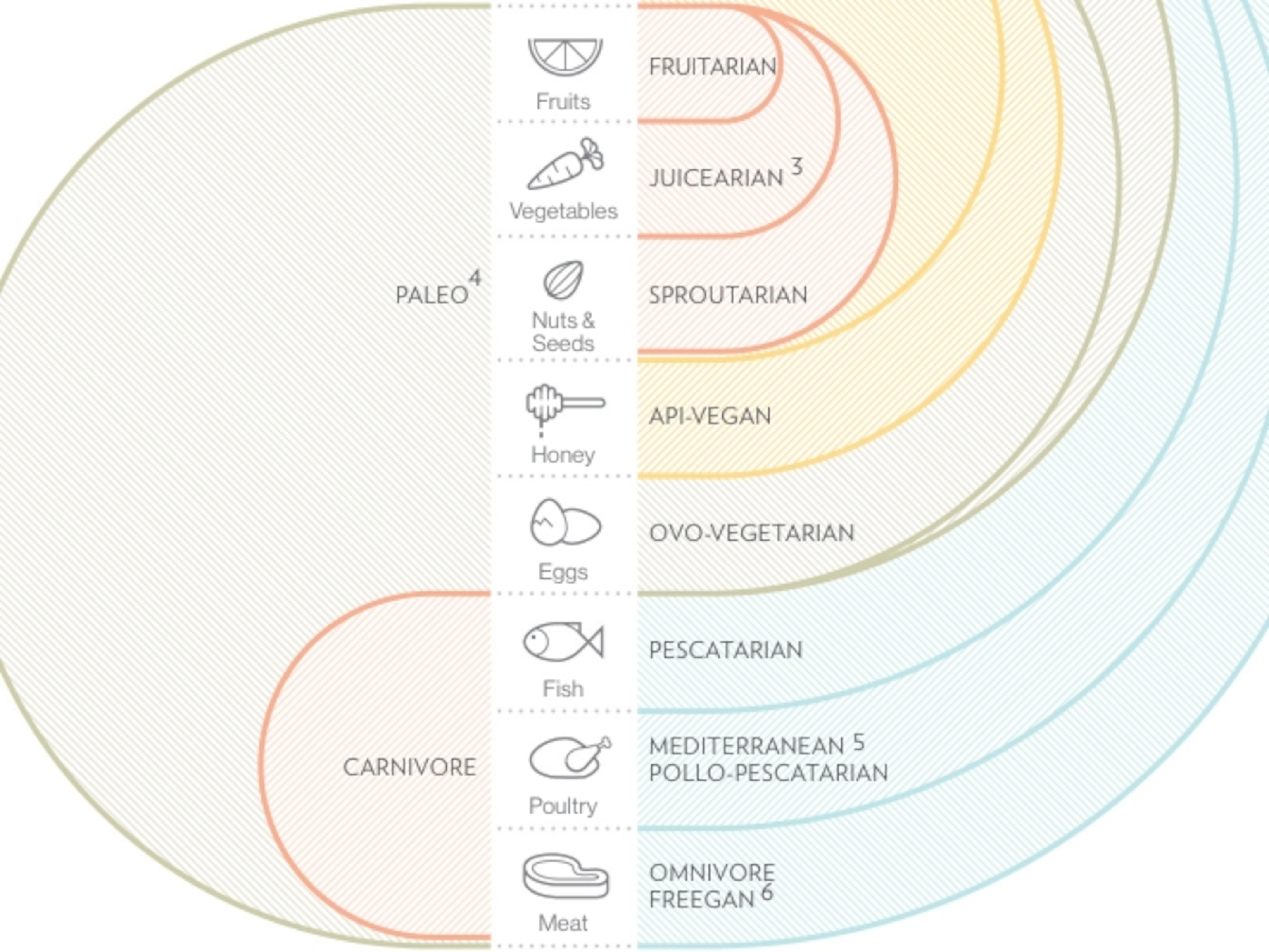
Coaxing Art Out of the Produce Cart
It may be tempting, but don’t call the art of fruit and vegetable carving playing with food. These skilled carvers may be playful, but one look at their intricate creations makes clear that the ancient craft is serious work.
This ephemeral art has been practiced in Thailand, China, and Japan for centuries. Historians are divided over which of these nations was the first to develop the ornate creations of melons, papaya, radishes, yams, carrots, tomatoes, and more (and today, of course, you can find fruit and veg rosettes adorning plates the world over), but it’s a particularly revered practice in Thailand, where children learn to skillfully yield carving knives in school.
There, the origins of produce carving—known as kae sa luk—lie in the kitchens of Thai royalty and nobility, and it’s easy to see why. The most intricate designs of highly skilled carvers can look almost impossible—or at least the product of a 3-D printer (here’s one particularly impressive display, and a breakdown of how award-winning artist Petcharee Tamawong-Benjamin did it).
Kae sa luk classes are easy to find in Thailand (and in the United States, as well), where travelers can squeeze a short workshop into an afternoon or sign up for a full-blown, multi-day course. And, if you’re lucky enough to be in the Los Angeles area later this month, you can watch a carving competition in action on Saturday, May 21 (you can find all the details here).
If a class or competition isn’t in the cards, fear not! You can enjoy some fantastic artistry in our gallery below. Perhaps you’ll be inspired to pick up a scalpel; With a year to go until the 2017 competition, you’ve got plenty of time to hone your skills.





